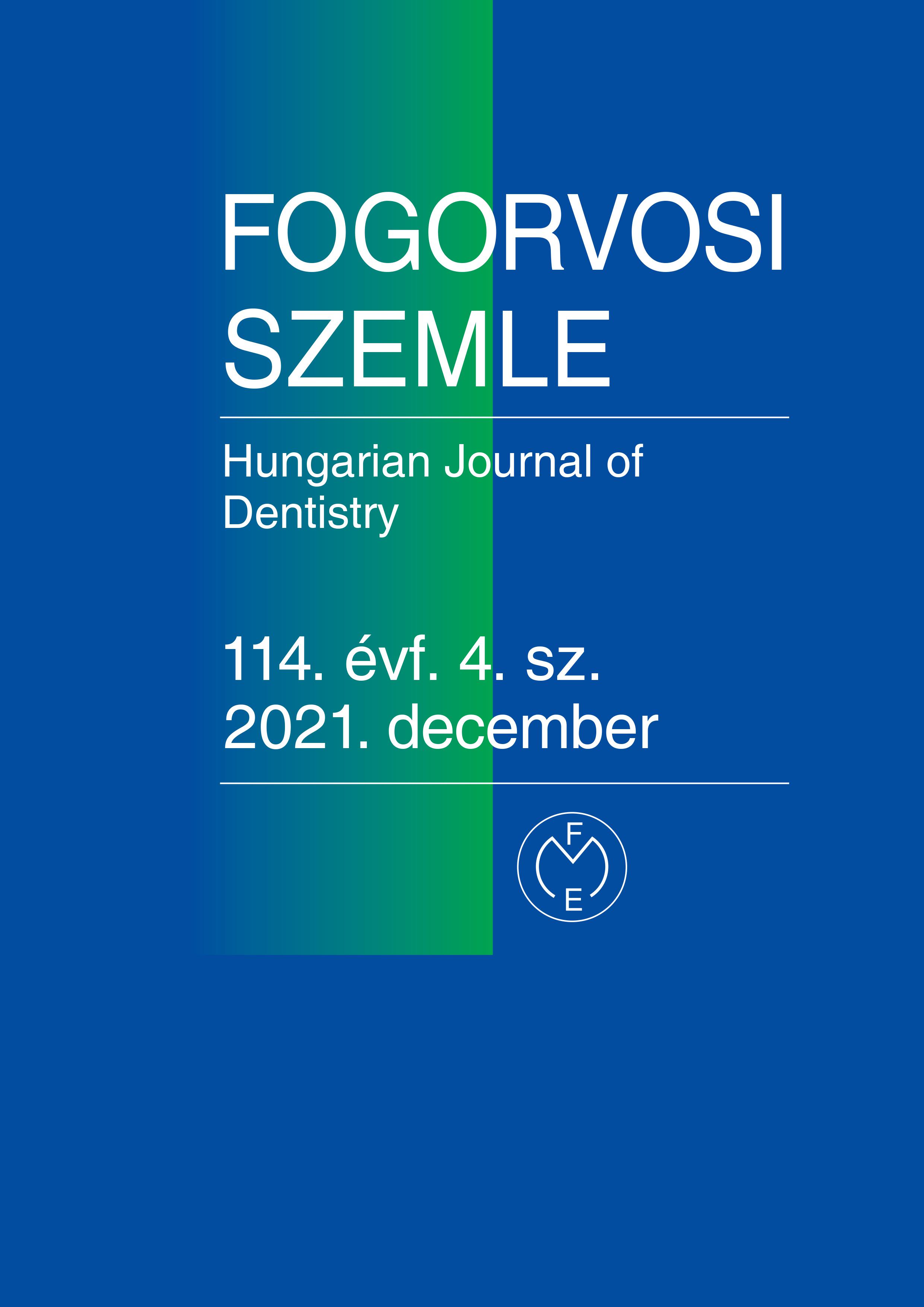Healing of intrabony defects following treatment with PRG or EMD (seven years follow-up)
A retrospective case series
Abstract
Introduction: The aim of this retrospective case series was to clinically evaluate the long-term healing of intrabony defects
after treatment with an autologous platelet-rich gel (PRG) to enamel matrix derivatives (EMD).
Case report: The presented cases are part of a controlled trial where 24 non-smoking patients with intrabony defects
were treated with PRG or EMD. Evaluations were made after 1 and 3 years. In 4 cases the following parameters were assessed
at baseline and 1 year, 3 years, and 7 years postoperatively: pocket depth (PD), clinical attachment level (CAL).
After full flap preparation, defect curettage, scaling and root planing were performed. First platelet-rich plasma (PRP) was
prepared, then the addition of Ca-gluconate and fresh venous blood resulted in platelet-rich gel (PRG) formation. The intrabony
defects were filled with PRG (n = 2) or EMD (n = 2) and fixed with sutures to ensure wound closure and stability.
Results: By sites treated with PRG the following changes can be observed: probing depth reduction from 9 to 5
mm, CAL changed from 10 to 5 mm in the first case and both parameters changed from 10 to 6 mm in the second case
(7 years). Significant improvement has also been noted by sites treated with EMD: PD reduction from 11 to 3 mm, CAL
changed from 11 to 5 mm in the first case and from 9 to 4 mm, CAL from 10 to 4 mm in the second case (7 years).
Conclusion: One year after surgery, both treatment methods resulted in significant PD reductions and CAL gains, and
these results were stable after 7 years. No significant difference was observed between the 1 year, 3 years, and 7 years
values. Treatment with PRG or EMD resulted in reliable clinical outcomes.
Copyright (c) 2021 Authors

This work is licensed under a Creative Commons Attribution 4.0 International License.


.png)




1.png)



